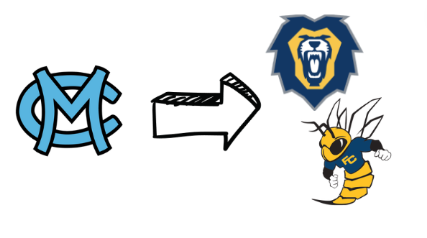Many people have taken a quiz to find out which type of learner they are. The common idea of the different learning styles one may possess seems widely accepted in education. However, not everyone understands how learning styles work.
The most well known theory of learning styles is the VARK model, which includes visual, aural/auditory, reading/write, and kinesthetic styles of learning. This model, created by Neil Fleming, dates back to 1987.
Visual refers to learning best through graphs, tables, charts, patterns, and similar experiences. Despite common belief, visual learning is not through still pictures, images, or videos, but more through pattern recognition and symbolism.
Aural/Auditory learners learn best through discussion, whether with themselves or others. For some, just the act of listening or speaking aloud to sort out ideas can help aural/auditory learners understand concepts better. They have preferences of talking ideas out and stating what may seem to be “the obvious” to confirm and properly grasp the topic.
Reading/Writing preference includes books, essays, reports, dictionaries, quotations, and other text-based presentations. This learning style is most prevalent in academic settings.
The kinesthetic learning style refers to the learning through experience. The root word comes from the Greek word “Kinesis,” meaning motion. Those with this style learn best from hands-on experience and practice.
While many around the world seem to believe that learning styles is a relatively new concept that developed when standardized testing did, the idea that different people have different, individual characteristics, abilities, and talents stems as far back as 334 BC when Aristotle theorized the possession of skills and talents each child had. The idea of learning styles has since then grown and developed.
Learning styles are disputed between many, and it is truly up to the individual whether or not to let their given style influence how they decide to study and learn. Some studies seem to suggest that learning styles isn’t a legitimate factor to the capability of people’s learning because there is no definite scientific evidence to back up this claim. Others claim that there is evidence of students not being able to learn when taught a certain way.
Generally speaking, learning can and should take place through the different learning styles depending on the material being learned. For example, someone can read various books about learning to ride a bike, but the best way to learn is through experience. Similarly, the best way to learn song lyrics is to read them, and then sing.
If you’re interested to find out which type of learning style you fit best, then you can take the online test here at the VARK official questionnaire.



















